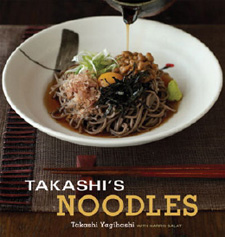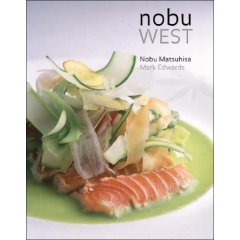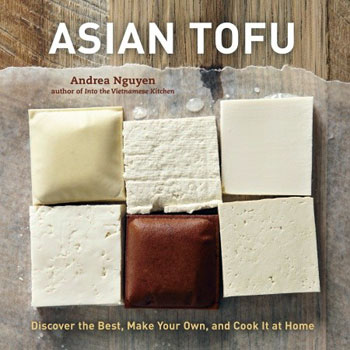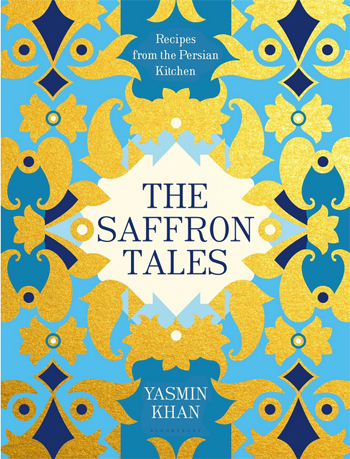 First up is Takashi's Noodles. They say if you get just one great recipe from a cookbook, it is worth the price. In that case, let me tell you about Spicy Eggplant Ja-Ja-Men Udon. Chef Yakashi Takashi, owner of Takashi's in Chicago describes
this dish as a Japanese version of spaghetti and bolognese sauce. It's
basically a spicy eggplant and ground pork sauce over noodles with
peppers, spicy notes and a creamy sauce that is enriched with sesame
paste.
First up is Takashi's Noodles. They say if you get just one great recipe from a cookbook, it is worth the price. In that case, let me tell you about Spicy Eggplant Ja-Ja-Men Udon. Chef Yakashi Takashi, owner of Takashi's in Chicago describes
this dish as a Japanese version of spaghetti and bolognese sauce. It's
basically a spicy eggplant and ground pork sauce over noodles with
peppers, spicy notes and a creamy sauce that is enriched with sesame
paste.
The recipe has 18 ingredients but I skipped a few altogether and used substitutions for a couple more and can't imagine it made any discernible difference. I didn't bother with the 1/2 cup dashi, 1/3 cup canned bamboo shoots, teaspoon of cornstarch or 3 Tablespoons of sake. I used Chinese chili garlic paste instead of a Japanese variety and Chinese sesame paste instead of tahini. I had to buy exactly 2 ingredients to make the dish, green peppers and ground pork. I could eat this dish every week.!




